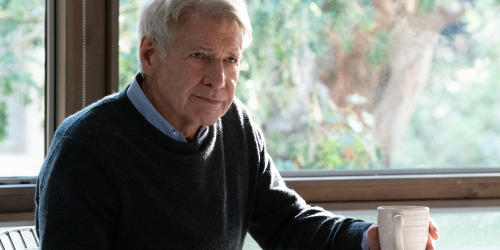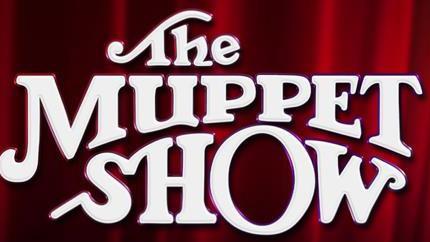Watch: New Heritage Minute Celebrates the 100th Anniversary of Discovery of Insulin
Someone with Type 1 diabetes, also known as juvenile diabetes or insulin-dependent diabetes, has a pancreas that produces little or no insulin, a hormone needed to allow sugar (glucose) to enter cells to produce energy. With no insulin, sugar will build up in the blood (as it can't enter the cells) and this is life threatening. Before 1922, when the first successful dose of insulin was given in Toronto, someone with Type 1 Diabetes would live one, maybe two years, though often dying within months of symptoms showing up. Some treatments pre-1922 included:
- a “nonirritating” milk-and-carb diet, for example, milk with rice and starchy, gummy foods “to thicken the blood and supply salts” or milk and barley water boiled with bread
- powders of fenugreek, lupin, and wormseed
- narcotics, such as opium
- foods that are “easy of digestion,” such as veal and mutton
- rancid animal food
- tobacco
- green vegetables
- a carb-free diet
- fasting
Banting, Macleod, Best and Collip
Frederick Banting, born in Alliston, ON, attended the University of Toronto. After failing his first year in the General Arts program, he successfully petitioned to join the medical program in 1912. After serving in the First World War, Banting taught orthopedics and anthropology part-time at the University of Western Ontario and ran a private practice that wasn't doing to well.
In 1921, because he was to give a lecture on the pancreas, he began reading and that led him to research on the idea that the pancreas excreted a hormone that controlled the metabolism of blood sugar. This sparked Banting's own research along with J. J. R. Macleod, Professor of Physiology at the University of Toronto, who provided experimental facilities and the assistance of one of his students, Charles Best. Biochemist James Collip purified the insulin so it was usable.
Only Banting and Macleod were given the 1923 Nobel Prize in Physiology or Medicine. Banting shared his portion of the award with Charles Best and Macleod shared his with Collip, who is often forgotten in the story of insulin.
Heritage Minute
Historica Canada's latest Heritage Minute celebrates the success of this group of 4 men and tells the true story of the first person to receive purified insulin- Leonard Thompson, a 14-year-old boy with diabetes, who lay dying at the Toronto General Hospital.
Beat FOMO by being in the know!
Sign up for our newsletter today and never miss a beat.





